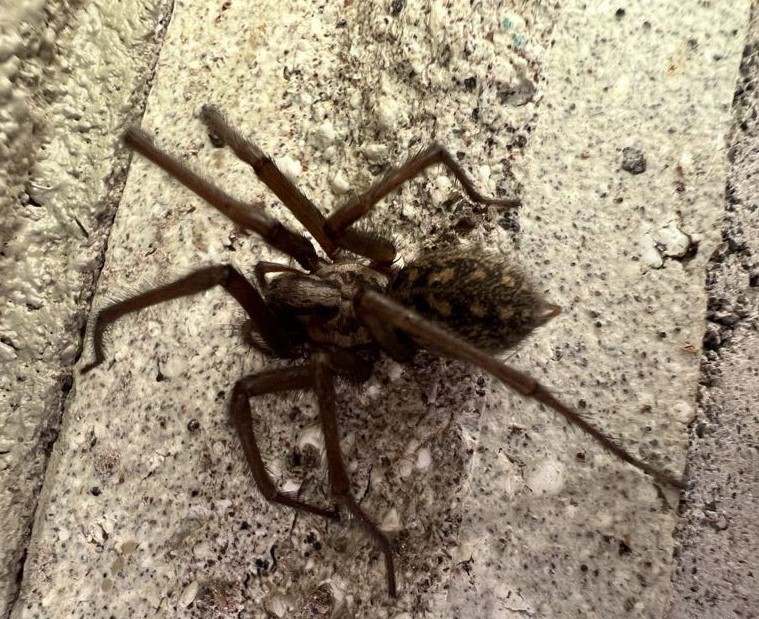Spiders, though beneficial in managing other pests, often leave unsightly webs that can quickly take over a home. Fortunately, a combination of simple tools that are readily available can effectively manage spider populations without resorting to chemicals. Let’s explore how these tools synergize to keep your home spider-free and your peace of mind intact.
Understanding the Tools:
The Webster Web Mop: A specialized tool designed to go on the end of a painter pole or handle. Its purpose is to offer gently, yet thorough removal of spider webs and cobwebs in hard-to-reach areas. It is effective in both indoor and outdoor settings. CLICK Here for an Amazon link.
Adhesive (sticky) Traps: These are simple pieces of cardboard with an adhesive layer that passively traps spiders as they wonder through your home. They’re effective tools that are non-toxic, easy to find, and very economical. Often, they will be foldable so you can form a protective box, keeping people and pets from getting annoyingly stuck. Catchmaster is a reputable brand and is readily available, CLICK Here.
Warm LED Light Bulbs: Many flying insects are attracted to light. Replacing bulbs on the exterior of the home with warm LED bulbs (particularly the ones around doors) will reduce the number of flying insects that are attracted to the home. With the reduction of flying insects (the spider’s main food source), these areas will be less attractive to spiders, reducing the occurrence of spiders sneaking indoors and spider pressure overall on the exterior of the home.
How to Use Them Together:
- Begin by using the Webster Web Mop to remove existing spider webs from ceilings, corners, and crevices, ensuring surfaces remain unharmed.
- Repeat the process on the exterior of the home removing all the webs from the eaves, siding, and from around lights. Sweeping out the crevice where the siding meets the foundation is a good idea as well. You will want one web mop for indoors and one for the exterior so as not to get your walls dirty.
- Now, place sticky traps in areas where spiders are likely to roam, such as along baseboards and near windows, effectively trapping wandering spiders. For homes with garage doors, I like to put one on either side of the roll-up door because this is a notoriously easy way for spiders to gain entrance.
- Swap exterior lights for warm LED bulbs to avoid attracting flying insects. Putting lights on motion sensors is another effective solution. You should look for lightbulbs in the white light range of 2000k to 3000k.
- Repeat steps 1-3 monthly, or as needed. You can adjust the placement of sticky traps depending on how much you are catching and where. Eventually, you should notice a reduction overall. Of course, you only need to replace the light bulbs as needed. If you’re using LED, they should last for several years.
Benefits of Using This Approach:
- Non-Toxic and Chemical-Free: Avoid the use of harsh chemicals or pesticides, creating a safer indoor environment for your family and pets.
- Targeted Control: Address both active spiders and their potential prey, disrupting the spider lifecycle.
- Easy to Implement: Incorporate these tools into your regular cleaning and maintenance routine for ongoing spider control.
- Cost-Effective: These tools are all low in cost typically and can easily be found at your local hardware or home improvement store.
- Enhanced Effectiveness: By targeting both spiders and their food sources, you create a more comprehensive and long-lasting solution to spider infestations.
When to Consider Professional Treatment:
While these DIY methods are effective for mild to moderate spider infestations, advanced or persistent infestations may require professional intervention. Or maybe you just don’t want to handle sticky traps covered with spiders? We don’t judge. Our pest control experts at Good Earth Pest Company can assess the extent of the problem and implement targeted treatments to eradicate spiders and prevent future infestations.
Adam Hiddelson



